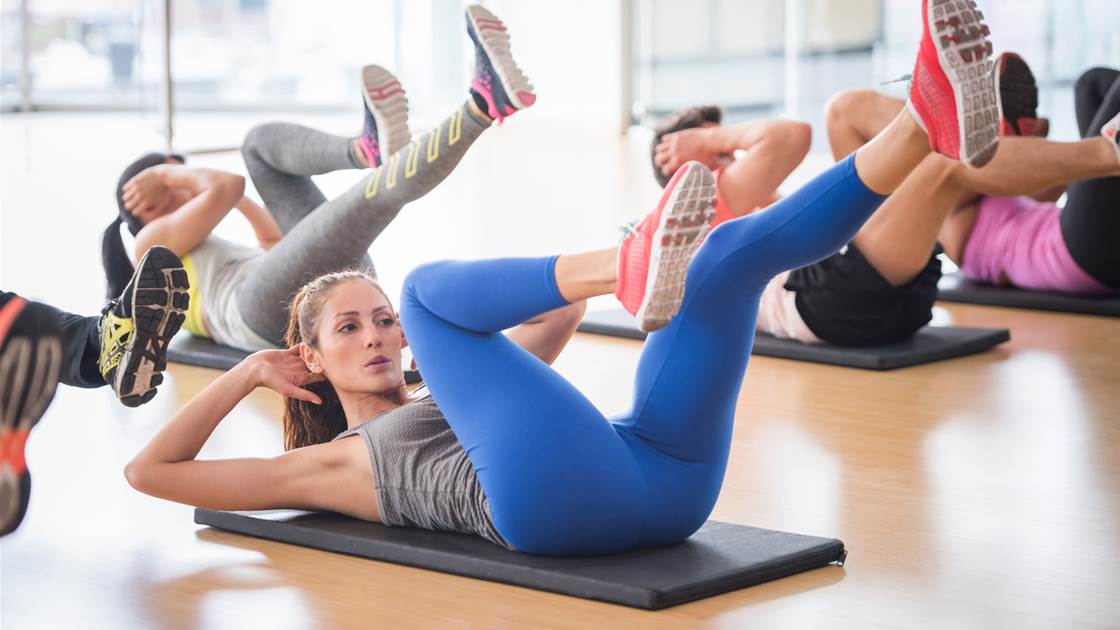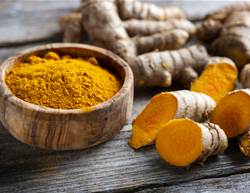When you’re crunched for time and want the most from a workout, you don’t need to pick sides in the aerobic vs anaerobic debate.
“Both anaerobic and aerobic activity serve different purposes and are important for overall health,” says a sports medicine specialist Dr Toufic R. Jildeh. Certified personal trainer Taylor Beebe adds, “Your mix should match your goals, and a well-rounded week usually includes a bit of each.”
At the end of the day, any movement beats none. If you’re trying to maximise limited time, it helps to know how the two differ.
What is aerobic exercise?
“Aerobic exercise is the type of activity that gets your heart rate up and keeps it up for a longer period,” says Dr Jildeh. “During this type of exercise, your body uses oxygen to help break down energy.”
The trainer explains, “Aerobic work is usually lower intensity that you can sustain longer. These sessions focus on building endurance and cardiovascular health.”
Recommendations suggest adults aim for 150–300 minutes of moderate aerobic activity a week or 75–150 minutes of vigorous activity, plus muscle-strengthening on at least two days.
Examples of aerobic exercise
Dr Jildeh recommends viewing aerobic exercise as activity that keeps you moving for an extended period. “Think of this type of exercise as slow, steady, and longer lasting,” he says. Common options include:
- Walking
- Running or jogging
- Cycling
- Swimming
- Dancing
- Hiking
What is anaerobic exercise?
Anaerobic training is a little different. “Anaerobic exercise is athletic activity that requires quick bursts of energy with maximal exertion over a short period of time,” Dr Jildeh says.
During these efforts, your muscles need energy faster than oxygen can supply, so they tap into energy stored in the muscle. “Think of this type of exercise as quick, powerful, and short-term,” he adds.
Examples of anaerobic exercise
Dr Jildeh says these are some common forms of anaerobic exercise:
- Sprinting or hill sprints
- Lifting weights (moderate to heavy loads)
- HIIT intervals
- Plyometric jumps
- Burpees
As always, build up gradually, use good form, and chat to your GP or physio if you’re returning from injury or have a health condition.
Which is better for you?
One style isn’t “better” than the other. Both matter for health, but each has trade-offs to weigh.
Anaerobic exercise
Anaerobic exercise is hard to sustain, but there are some perks of doing it.
Pros
- Builds strength and power - Anaerobic sessions make you work hard in a short window and that builds power, says Dr Jildeh. “Muscle gain can help with mobility, too.” Beebe agrees: “One of the main pros of anaerobic exercise is that it can raise your overall work capacity. If your ceiling is higher for athletic output, then your body will expend less energy as a trickle-down effect.”
- May lower osteoporosis risk - Because many anaerobic moves are high impact and weight-bearing, they can improve bone mineral density, Dr Jildeh notes. “That fights against osteoporosis.”
- Supports metabolism - Anaerobic training recruits more muscle fibre than steady cardio, which can lift your metabolic rate “even after you’re done exercising,” says Dr Jildeh.
- Good for your heart - “Anaerobic exercise helps train your body’s cardiovascular system and prepares your body for athletic performance that requires bursts of speed or strength,” Dr Jildeh says.
Cons
- It’s hard - Beebe flags the effort required: “Most of the general population doesn’t understand what true max effort feels like, so they are most likely undertraining anaerobically and overtraining in a more moderate zone as a result.” Dr Jildeh adds, “It is very difficult.”
- Form matters - “If using poor form, there may be a higher injury rate of your joints, ligaments and muscles,” Dr Jildeh says. Nail technique first, then build intensity.
Aerobic exercise
Most people are familiar with aerobic training, but the full list of perks and a few drawbacks is easy to miss. “There are so many pros to increasing your aerobic capacity,” says Beebe.
Pros
- Great for your heart and lungs - “It helps strengthen the heart and lungs, thus conditioning you to perform athletic activities and daily activities a lot easier,” says Dr Jildeh.
- Supports mental health - Both styles help here, but you can usually spend longer in aerobic zones, which may mean more of those feel-good hormones.
- Gentler on joints - Compared with high-impact, high-force efforts, steady aerobic work is generally easier on your joints, Dr Jildeh notes.
- Improves key health metrics - Aerobic exercise can help lower blood pressure and support blood glucose management, says Dr Jildeh.
Cons
- Not the best for power - “Aerobic exercise does not build much muscle strength or power,” says Dr Jildeh. “It can lead to muscle loss if performed excessively without muscle strength training.”
- Can feel monotonous - “It may feel monotonous compared to other types of training,” Dr Jildeh says.
“The truth is, neither aerobic nor anaerobic exercise is ‘better’ on its own—they each train your body in unique ways, and together they create a complete picture of excellent health,” says Dr Jildeh.
Beebe agrees: “We need them all.” Aim for a mix.
"Aerobic exercise keeps your heart, lungs and metabolism healthy, while anaerobic exercise builds strength, stability and power,” Dr Jildeh says. “The goal isn’t to choose one over the other—it’s to blend both in a way that fits your lifestyle.”
Is there one that is better for adults over 50?
A mix is ideal. “As we age, the focus should lean slightly toward aerobic exercise for heart health and gentle strength training for muscle and bone support,” says Dr Jildeh.
He recommends adding “light anaerobic activities” such as resistance bands, bodyweight exercises or light weights. These “help slow that [ageing] process and brings life into your years,” he says. “Pairing that with regular aerobic exercise, such as brisk walking or swimming, improves heart health, balance and energy levels,” Dr Jildeh adds.
Overall, aim for both. “When combined, these two types of exercise complement each other perfectly,” says Dr Jildeh.










